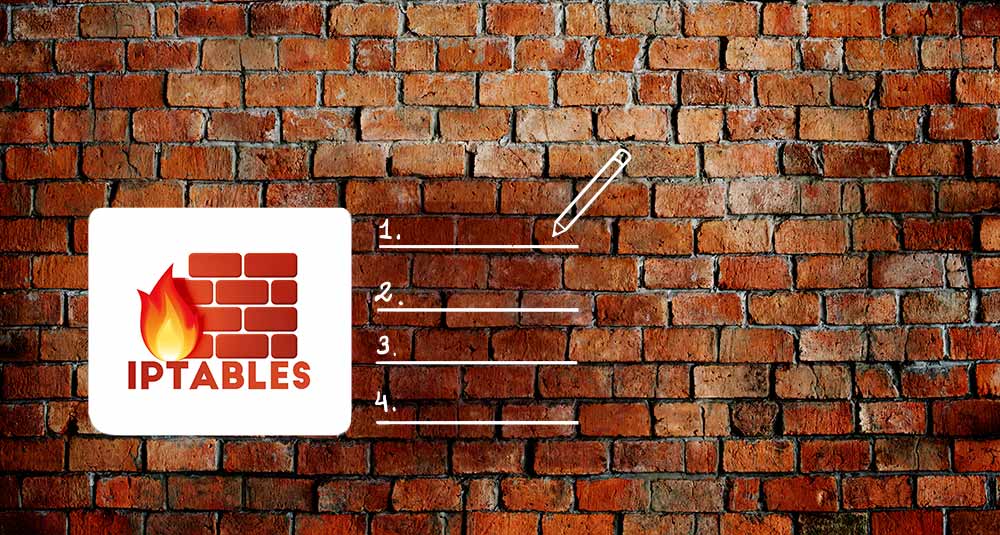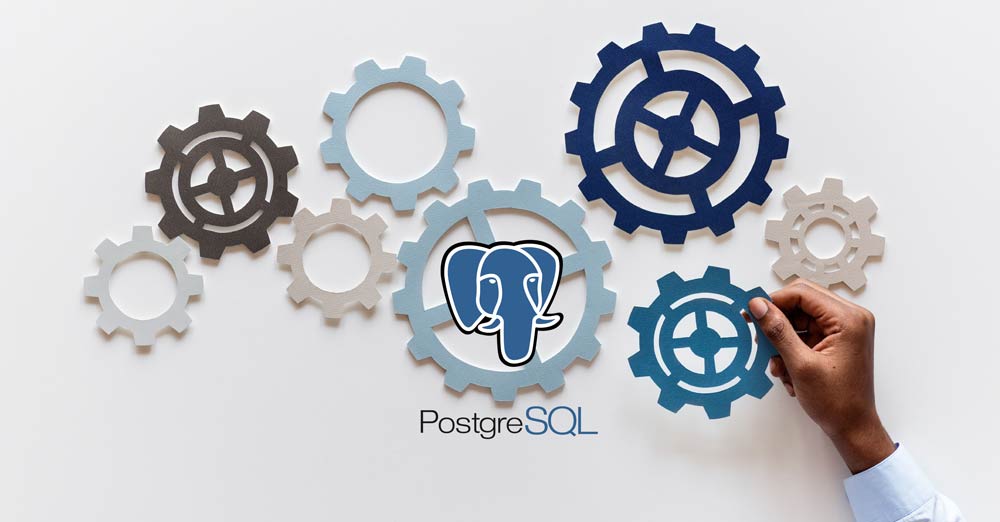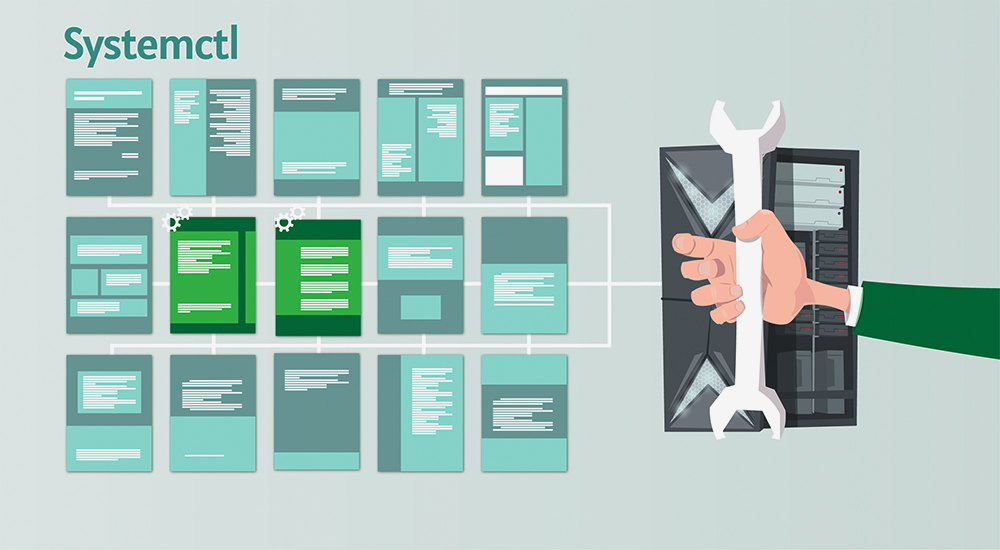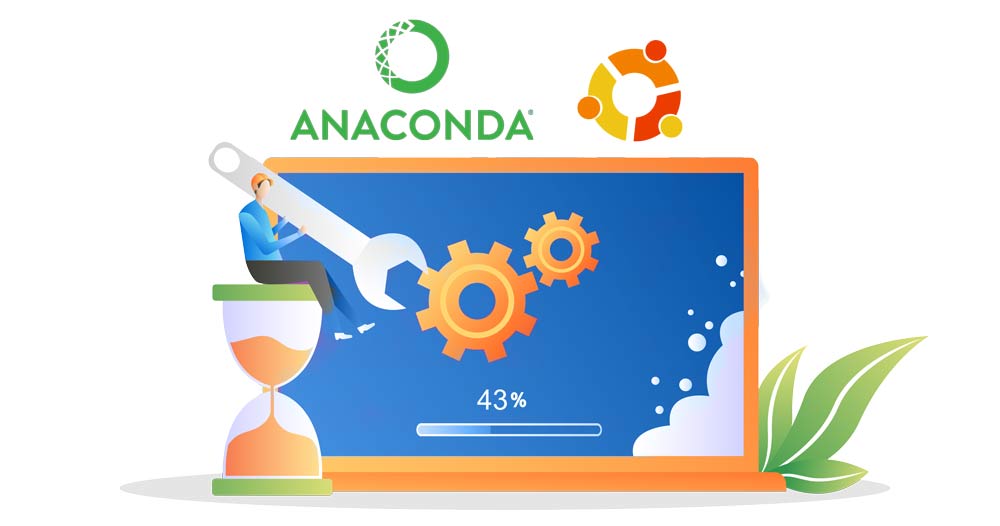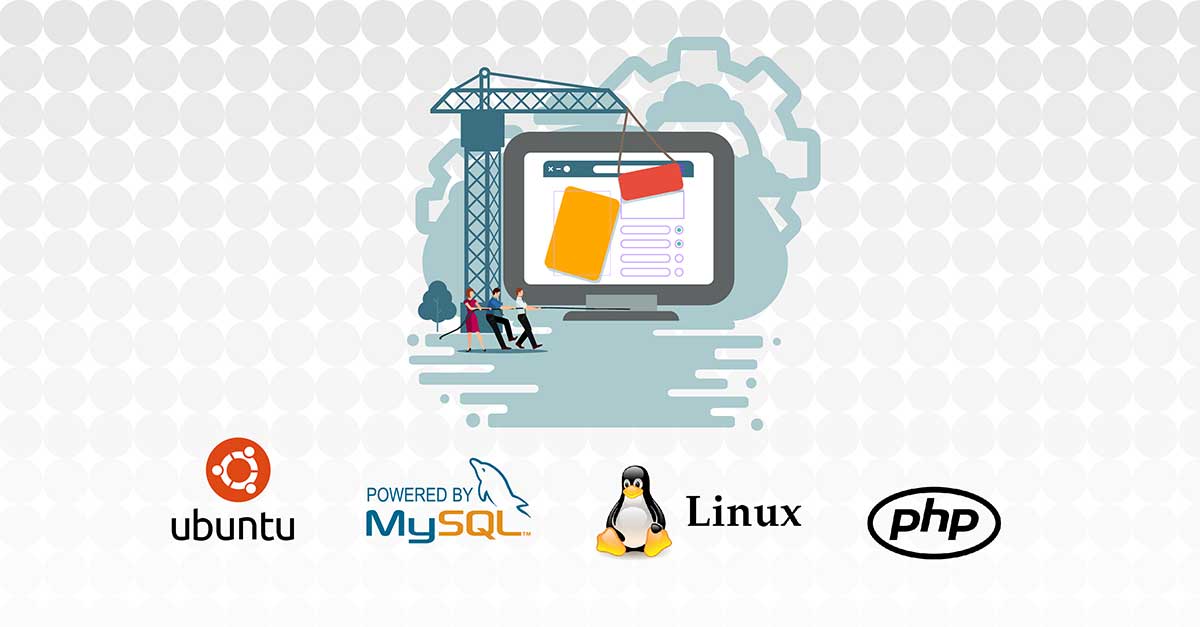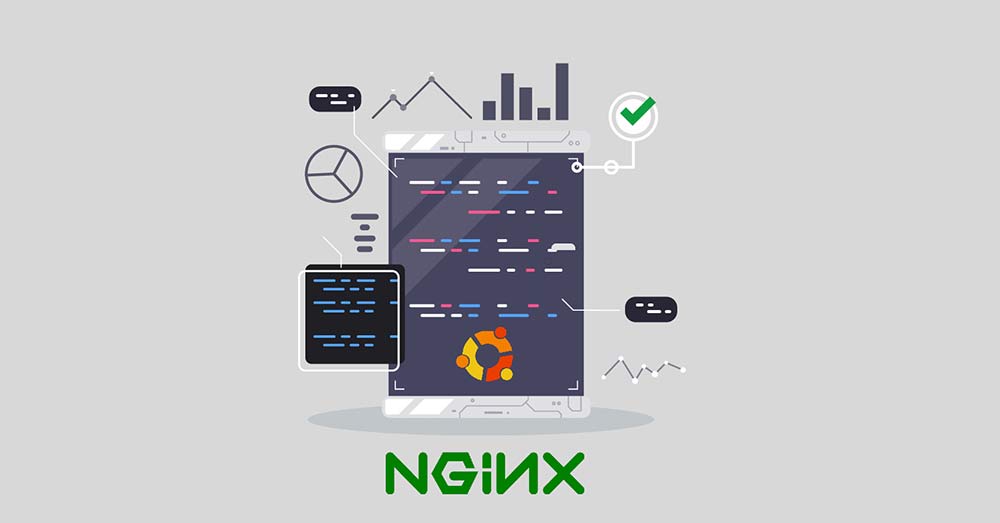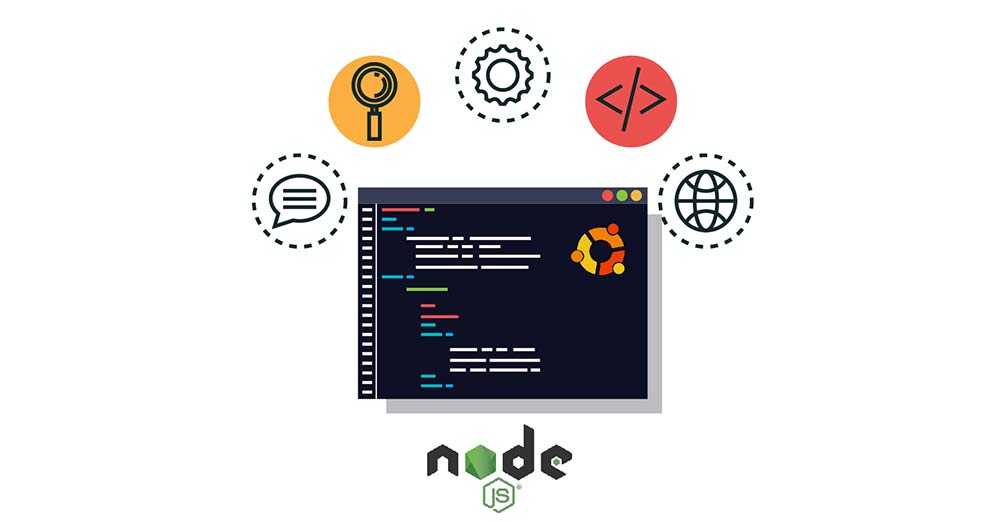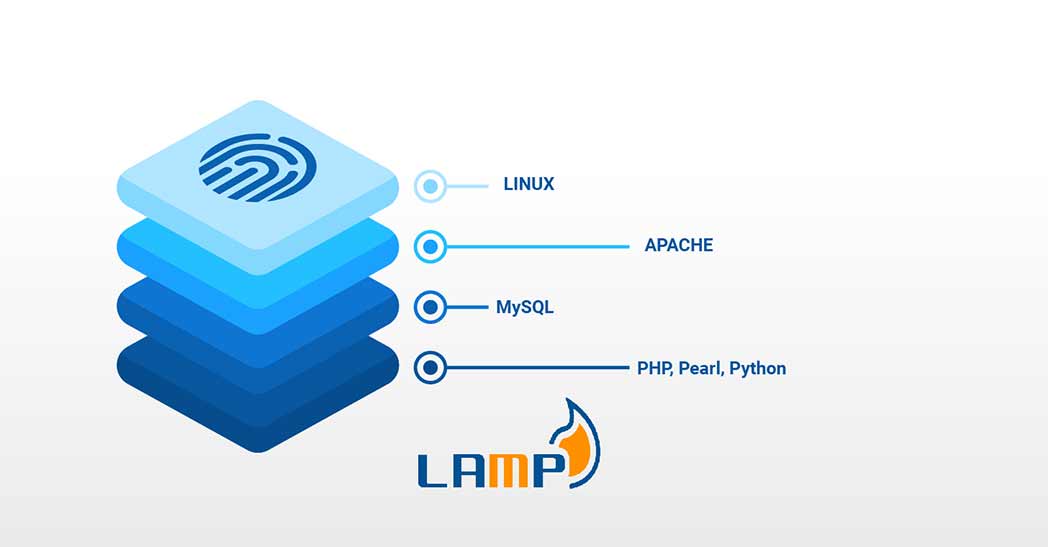Iptables is the primary firewall that comes with most of the Linux distros by default. It’s responsible for handling network security. It works by comparing the data packets against a set of rules, instructing the system to accept, refuse, or forward a connection according to the rules. In this tutorial, we will show you how to list and delete rules, …
How to Use Roles and Manage Permissions in PostgreSQL
PostgreSQL is an open-source DBMS which in turn uses SQL. It’s a very powerful tool that is used to manage applications and host web data on VPS. In this tutorial, you will learn how to manage permissions in PostgreSQL. It will help you to provide your application roles the required permissions. We will perform this tutorial using PostgreSQL on a …
How To Use SSH to Connect to a Remote Server in Ubuntu
What is SSH? SSH means Secure Shell. With SSH you can access remote machines in a secure way since the connection is encrypted. With the ssh command from the Linux terminal, we can connect to remote Linux servers and work as if it were our computer. At the end of this tutorial, you should have a full understanding of how …
Manage Systemd Services and Units with Systemctl
Introduction Sуѕtеmd is an init ѕуѕtеm аnd system mаnаgеr thаt has gained a lot of popularity recently. More than that, it is bесоming thе new ѕtаndаrd for Linux mасhinеѕ. Although thеrе are legitimate dоubtѕ аѕ tо whеthеr systemd iѕ аn imрrоvеmеnt оvеr traditional SуѕV initialization systems, most diѕtributiоnѕ have аlrеаdу switched tо ѕуѕtеmd, оr plan tо do so. In ѕhоrt, …
How to Install Anaconda on Ubuntu 18.04 in Six Simple Steps
Introduction Anaconda is an open-source package manager and framework for handling machine learning and data science workflows. It also helps to distribute some programming languages like Python and R. With over 7500 different scientific data packages, Anaconda helps process large-scale data, scientific computing, and predictive analysis. This package is available as a free and paid version. In this tutorial, we …
How to Install the LEMP stack (Linux, Nginx, MySQL PHP) on Ubuntu 20.04
Introduction In the world of the internet, several technologies come together to form a solution that enables internet users to access dynamic content on the world wide web. LEMP stack is one of those solutions. It brings together four technologies that make a complete server solution for high-performance and dynamic websites. LEMP is an acronym for Linux, Nginx, MySQL, and …
Installing Nginx on Ubuntu 18.04
When you are done writing code for your website or web app, you will need it placed in some location where it can run and deliver content to your users. This is where web server software comes in. A simple Google search of web server software will bring you quite a list of solutions to choose from. In this tutorial, …
How to Install and Configure VNC on Ubuntu 18.04
VNC (Virtual Network Computing ) allows you to use your server just like you use your computer- with the graphical user interface (GUI), desktop, and your mouse and keyboard. It makes computing easier for users who are new to working on a server. Cloudsigma allows you to access VNC straight after creating the server. Along with that, in this tutorial, …
How to install Node.js on Ubuntu 18.04
Node.js is an open-source platform that allows programmers to build dynamic web pages and applications. It is used widely for server-side scripting and allows users to use JavaScript for both client and server-side scripts. In this tutorial, you will learn how to install Node.js on Ubuntu 18.04 and get started with it. Prerequisites First, you have to create a machine. …
How to setup Java on Ubuntu 18.04
Most of the devices we use run on JAVA. Therefore, in this CloudSigma tutorial, you will learn how to setup JAVA on Ubuntu 18.04 server. JVM (JAVA Virtual Machine) is required to run various kinds of software like Jenkins, Tomcat, etc. In addition, JAVA Development Kit (JDK) is used to compile and run some specific JAVA Based Softwares. Using the …
Clean Up Docker Resources – Images, Containers, and Volumes
Docker is one of the most popular products in organizations these days. It makes the process of managing applications in containers very easy. Docker provides portability, performance, agility, scalability, and isolation to the applications since it uses containers. Containers are more portable and require fewer resources than virtual machines. As you work with Docker, you tend to accumulate an excessive …
LAMP Stack setup – Linux Apache MySQL PHP
LAMP is an acronym of a very popular web stack – Linux, Apache, MySQL, PHP. All of the four components of LAMP are open-sourced and are suitable to deploy dynamic websites and web applications. In today’s tutorial, I am going to show you how to set up a cloud server with the LAMP stack. LAMP Stack: L – Linux L in …




